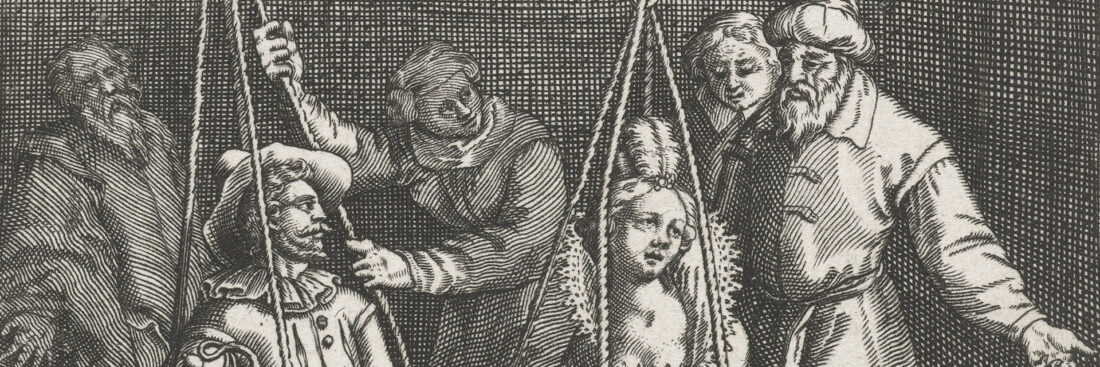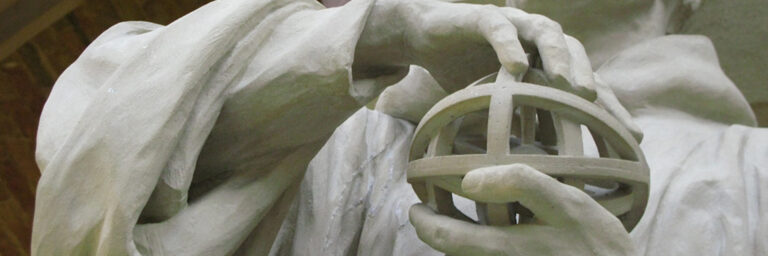Measuring Health and the Body

Measuring Health and the Body
Size, Weight, and Pulse in Medical Theory and Practice
Organised by
Marsha Wubbels
25 January 2022 – 10.00 AM (CET)
Taking measurement of the body is all but standard practice in modern medicine. Indeed, we rely to a great degree on figures such as our body weight and our heart rate to inform us of the state of our health. This seminar will present how and why the pre-modern body was measured and explore how new methods of measuring, quantifying, and understanding the body affected early modern medical theory and practice. The individual papers presented will all explore how different aspects of the body such as fat, blood, and excreta, were measured using
various instruments and research methods. As such, this seminar will address a myriad of questions, relating to how new instruments and methods of measurements affected medical theory and practice, to what extent they challenged or reinforced existing knowledge, how measurements helped to determine what was healthy and unhealthy, normal and abnormal, and how researching this can help us understand how early modern society understood the relationship between the body and its environment.

Expressing the Pulse in Seventeenth-Century England: Idioms, Numbers, and Measurement
Yijie Huang
Opening Galen’s corpus, one would be impressed by the extensive variations of the quality of the pulse. Big/small, strong/weak, quick/slow, frequent/rare, hard/soft, even/uneven, regular/irregular, gazelling, double-hammer. Many of these descriptions extended into early modern medical treatises, guiding yet also disturbing pulse diagnosis during the period. Between the textual pulse-lore and the hands-on experience of the wrist, early modern medical practitioners sought for ways to justify the perceptibility of traditional pulse idioms and articulate their own pulse perception.
This paper examines this process by focussing on the English physician John Floyer’s (1649-1734) The Physician’s Pulse-Watch (1707 & 1710), in which Floyer innovatively used numbers in addition to idioms in explicating diverse types of pulses and their respective physical indications. It will show that by designing the combined form of pulse characteristics, Floyer strove to incorporate earlier philosophical conceptions of health into the recent empirical principle of investigating nature and the body.
About the Speaker…
Yijie Huang is a PhD student in the Department of History and Philosophy of Science, University of Cambridge researching early modern English medicine and natural philosophy, while she also pays attention to the cross-cultural medical exchange between East Asia and Europe during the seventeenth century. Her doctoral project explores knowledge and practice of taking the pulse in late seventeenth-century English medicine and the fledging innovation of pulse counting in this period.

Food and Fat: Creating Body Size in Early Modern Germany
Holly Fletcher
Today, the relationship between food and fat is so deeply embedded in both medical and cultural perceptions of what determines a person’s body size that other contributing factors are frequently overlooked. In this paper, I examine whether this was similarly the case in early modern Germany. Were perceptions of fatness and thinness dominated by ideas about food? I will explore the important distinction contemporaries made between ‘naturally’ and ‘unnaturally’ fat bodies, which drew on understandings of the four humours and the six non-naturals, thereby
discussing the significance of additional factors such as sleep, bathing and the emotions for influencing body size. Finally, I will approach body size from a neo-materialist perspective, to consider how the construction of bodily form could be understood in relation to early modern people’s material entanglements with their physical surroundings. The fattening of human bodies could be understood in close relationship with the fattening of the animals which they consumed and the ‘fatness’ of the land upon which those animals grazed.
About the Speaker…
Holly Fletcher completed her BA, MPhil and PhD (2020) at the University of Cambridge. Her doctoral research, which was funded by the Cambridge Trust, explored the cultural significance of bodyweight in early modern Germany. From October 2021 she will take up a postdoctoral position at the University of Manchester, working on the Wellcome Trust funded project ‘Sleeping Well in the Early Modern World: An Environmental Approach to the History of Sleep Care’.

A Weighty Matter: Understanding Santorio’s ‘Healthful Standard’ and Early Modern Body-Weighing Practices
Marsha Wubbels
Today, we consider our body weight to be important information of medical significance. At just a glance at the scales, we may categorise ourselves, healthy or unhealthy, underweight, overweight, or obese. The idea that our body weight can inform us on the state of our health is at least as old as the first medically motivated weighing experiment, undertaken by Santorio Santori over the course of the late sixteenth and early seventeenth century. The connection that we make between weight and fatness was not always so intrinsic, however. This paper will discuss early modern concerns with body weight and weight-watching and argue that these concerns differed significantly from our own. It will do so by first exploring Santorio weighing experiment and the
aphorisms it wrought. It will assess the extent to which later weight-watching practices were still influenced by these aphorisms and argue that body-weighing practices remained ‘Santorian’ in nature until the late eighteenth century, when the motivations and methods of weight-watchers started to more resemble our own. As will be shown, body weight did not yet play a significant role in the medicalisation of fatness, and early modern English society did not yet share our concept of ‘overweight’. Instead, individuals pursued a perfect balance between their ingesta and excreta and used the balance to monitor this, a balance Santorio referred to as the ‘healthful Standard’.
About the Speaker…
Marsha Wubbels is a third-year PhD student at the University of Exeter, working on popular practices concerning diet, exercise, and body weighing in eighteenth-century England. She completed both her BA and MA at the University of Exeter with a focus on the history of medicine. The title of her MA thesis was: “Indisposed to Stir’: the role of motion, exercise and physical (in)capacity in discussions of the fat body in English Health Literature, 1680-1820’.

Using Big Numbers. The Meaning and Purpose of Weight Indications in Medical Texts on Corpulence, c. 1600-1900
Alexander Pyrges
While historians of corpulence commonly regard the twentieth century as the age when quantification began to dominate medical approaches to corpulence, individual weight indications appear in medical texts on corpulence as early as the seventeenth century. The earliest weight indications were imported from outside the medical realm, more precisely, from the public discourse on monstrous bodies. Within medical reasoning, the trademark weight indications of a few publicized prodigies of nature served to underscore both the existence and the nature of corpulence as a pathology. The consequences of entangling the medical discussions on corpulence with the discourse on monsters were far-reaching, however, as it shaped both the approach to and the rhetorical framing of corpulence within medicine for at least two centuries. As weight indications multiplied during the eighteenth century,
physician authors strung them together to form the numerical basis of exceptional weight biographies, first of famous contemporaries but subsequently of common patients as well. Biographically paralleled with medical interventions, series of declining weight indications came to allegorize therapeutic success in a growing number of case descriptions. During the nineteenth century, a handful of authors attempted to expand the medical potential of weight indications beyond the mere observational. They had very limited success in the field of obesity medicine, however, as the majority of experts saw but little therapeutic and no diagnostic merits in weight measurements and indications. Thus, although weight indications were firmly established in the medical literature on corpulence by the late nineteenth century, the measurement of weight existed only in the margins of clinical obesity medicine.
About the Speaker…
Alexander Pyrges is a research fellow at the Institute for the History of Medicine at Julius-Maximilians-Universität Würzburg, Germany. He is the author of the book Das Kolonialprojekt EbenEzer. Formen und Mechanismen protestantischer Expansion in der atlantischen Welt des 18. Jahrhunderts (Stuttgart: Steiner 2015). Currently he studies the history of corpulence, more particularly, the concepts, metaphors, and images surrounding excessive girth in medical and popular texts between 1500 and 1900.
About the Organiser...
Marsha Wubbels is a third-year PhD student at the University of Exeter, working on popular practices concerning diet, exercise, and body weighing in eighteenth-century England. She completed both her BA and MA at the University of Exeter with a focus on the history of medicine. The title of her MA thesis was:
was: “Indisposed to Stir’: the role of motion, exercise and physical (in)capacity in discussions of the fat body in English Health Literature, 1680-1820’. In 2018 she awarded a Wellcome Trust Fellowship on the project “A Healthy Interest: Diets, Exercise and Ideal bodies in England and Holland, 1650–1800”







